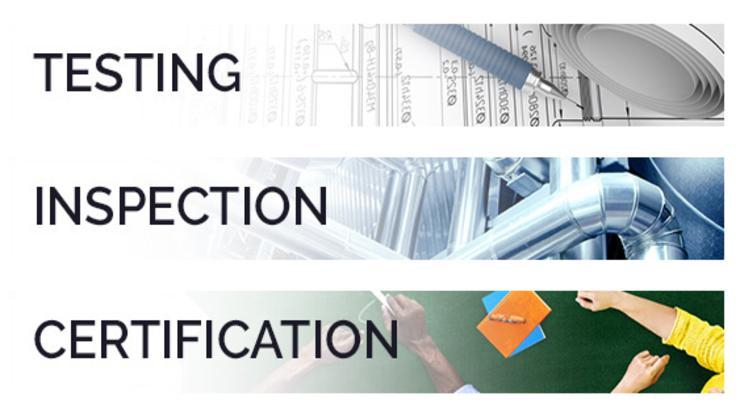Global Testing Inspection and Certification (TIC) Market Size, Share & Strategic Insights

The global stage for Testing, Inspection, and Certification services is a fascinating and dynamic arena. The Testing Inspection and Certification (TIC) Competitive Landscape is predominantly characterized by a tiered structure, with a small number of large, diversified, publicly-listed multinational corporations at the top, followed by a wide and varied assortment of mid-sized regional players and highly specialized niche firms. The industry leaders—a group often referred to as the "Big Four" or "Big Five" including SGS, Bureau Veritas, Intertek, and others—compete on the strength of their global footprint, the breadth of their service portfolios, and their powerful, century-old brand reputations that are synonymous with trust and integrity. Their primary competitive strategy is to act as a "one-stop shop" for large multinational clients, providing a seamless, integrated suite of assurance services that can support a client's entire operation across all its geographic markets. They sustain their market leadership through a relentless strategy of strategic acquisitions, systematically buying smaller companies to gain access to new technologies, enter new geographic markets, or build expertise in high-growth niches.
The middle tier of the competitive landscape consists of numerous national and regional champions. These firms, such as the various TÜV organizations in Germany or Applus+ in Spain, often have a dominant position in their home markets and a strong presence in surrounding regions. Their competitive advantage often lies in their deep understanding of local regulations, their strong relationships with national regulatory bodies, and their established reputation within a specific country or continent. They compete with the global giants by offering a more localized service and often have deep expertise in industries that are prominent in their home region, such as the automotive industry in Germany or the energy sector in the Middle East. These mid-sized players are also active in M&A, though typically on a smaller, more regional scale than the global leaders. They represent a significant competitive force, often providing a credible alternative for clients who prioritize local expertise and relationships over a global network.
The foundation of the competitive landscape is composed of thousands of small, privately-owned laboratories and inspection agencies. This highly fragmented segment is where intense specialization is the key to survival and success. These firms do not attempt to compete with the giants on scale or scope; instead, they focus on being the absolute best in a very specific niche. This could be a lab that specializes only in testing for a particular chemical compound, an inspection agency that focuses solely on welding quality in the construction sector, or a certification body for a specific organic standard. Their competitive strategy is built on deep technical expertise, superior customer service, faster turnaround times, and often a more agile and flexible approach than their larger counterparts. The landscape is also being disrupted by a new category of competitor: technology startups. These new entrants are leveraging AI, computer vision, blockchain, and IoT to offer innovative, highly automated, and often more cost-effective solutions for specific TIC tasks, challenging the traditional, labor-intensive models of the incumbent players and forcing the entire industry to innovate.
- Art
- Causes
- Crafts
- Dance
- Drinks
- Film
- Fitness
- Food
- Игры
- Gardening
- Health
- Главная
- Literature
- Music
- Networking
- Другое
- Party
- Religion
- Shopping
- Sports
- Theater
- Wellness

